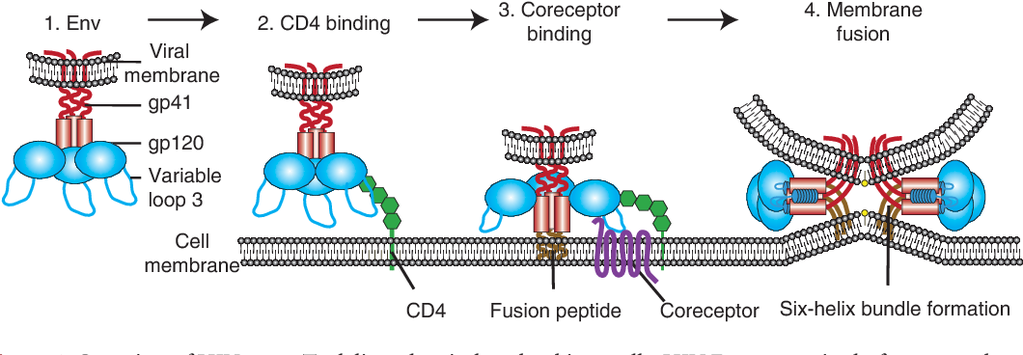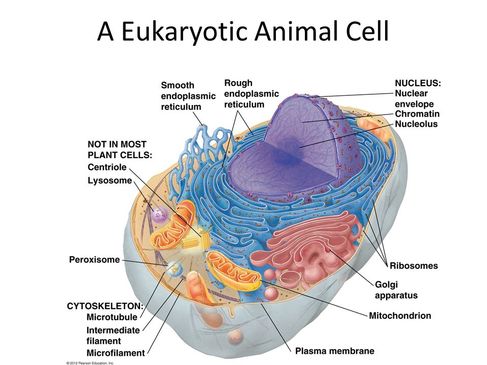Unit 5. |
1. Structure and function of the cell/plasma membrane function.
2. Identify the structure and function of the primary cellular components in a eukaryotic cell.
2. Identify the structure and function of the primary cellular components in a eukaryotic cell.


